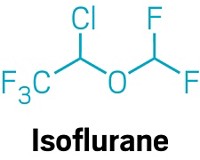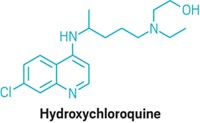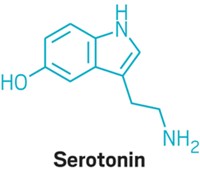Advertisement
Grab your lab coat. Let's get started
Welcome!
Welcome!
Create an account below to get 6 C&EN articles per month, receive newsletters and more - all free.
It seems this is your first time logging in online. Please enter the following information to continue.
As an ACS member you automatically get access to this site. All we need is few more details to create your reading experience.
Not you? Sign in with a different account.
Not you? Sign in with a different account.
ERROR 1
ERROR 1
ERROR 2
ERROR 2
ERROR 2
ERROR 2
ERROR 2
Password and Confirm password must match.
If you have an ACS member number, please enter it here so we can link this account to your membership. (optional)
ERROR 2
ACS values your privacy. By submitting your information, you are gaining access to C&EN and subscribing to our weekly newsletter. We use the information you provide to make your reading experience better, and we will never sell your data to third party members.
Biological Chemistry
Researchers link fetal hormone to pregnancy nausea
Prior exposure level governs severity, suggesting a druggable mechanism
by Laurel Oldach
December 13, 2023

Most people who become pregnant spend at least a little time feeling nauseous—but the cause, like many basic biological facts about pregnancy, has been elusive. In a small subset of pregnancies, vomiting is severe and incessant enough to send expecting parents to the hospital.
In a study published today, a team led by researchers at the University of Southern California and the University of Cambridge report that a peptide hormone called growth/differentiation factor 15, or GDF-15, likely causes pregnancy-related nausea (Nature 2023, DOI: 10.1038/s41586-023-06921-9) . They hope that prophylactic exposure to GDF-15 before pregnancy may mitigate the worst symptoms.
In an earlier genetic study, the researchers found a correlation between extreme vomiting during pregnancy and increases in GDF-15, which is known to signal part of the brain involved in nausea (Nat. Commun. 2018, DOI: 10.1038/s41467-018-03258-0) . But the hormone’s role was difficult to ascertain because it is produced in both adult and fetal tissues and because a common genetic variant interferes with an antibody-based assay that researchers once used to determine its levels.
After resolving the immunoassay problem, researchers used the genetic variant to their advantage. Using mass spectrometry in plasma from people with a different GDF-15 genotype than their fetuses’, they traced the bulk of circulating GDF-15 to the fetus and placenta. They also found that people with a genetic disorder that raises GDF-15 levels outside pregnancy are much less likely to feel queasy when pregnant—an effect they attributed to desensitization. Then, in mice, they observed that chronic low exposure reduces the effect of a large dose of GDF-15, suggesting that GDF-15 exposure before conception could help prevent severe vomiting in people.







Join the conversation
Contact the reporter
Submit a Letter to the Editor for publication
Engage with us on Twitter